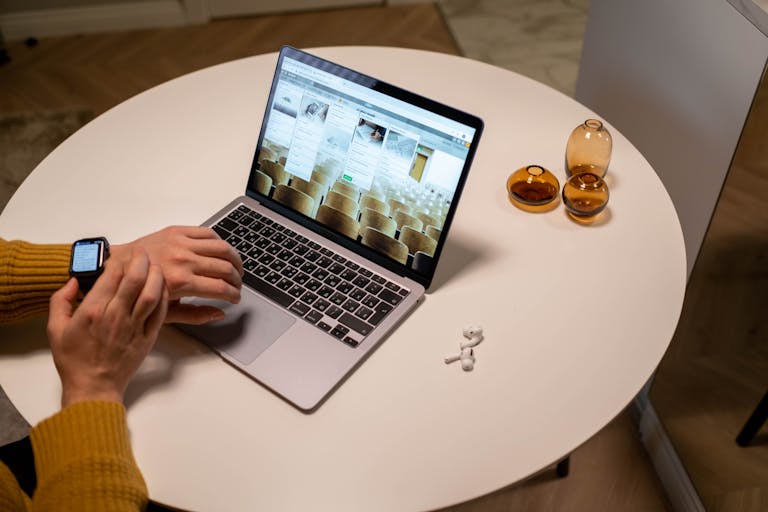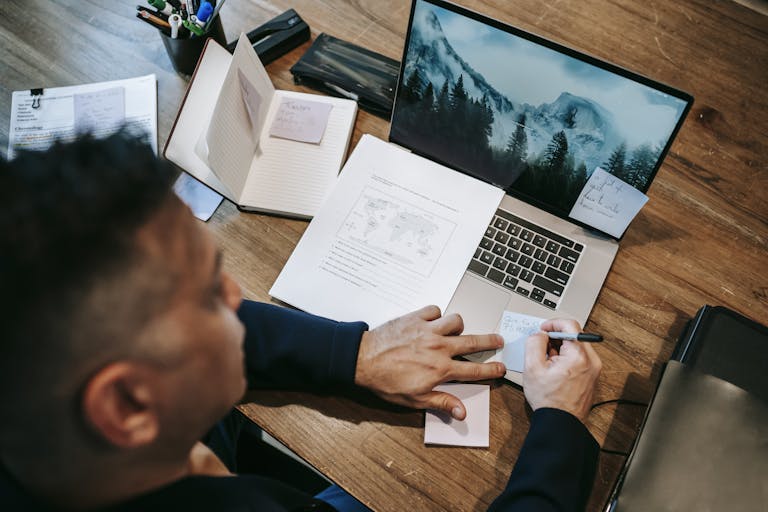Introduction
We all know that sinking feeling—you check your phone for a quick notification and suddenly, an hour’s gone. Smartphone addiction doesn’t just steal time—it drains mental energy, distracts us from real life, and chips away at our relationships. But you don’t need to quit cold turkey to regain control. A gradual, mindful approach works better—and lasts longer.

1. Understand Your Triggers
Before you can change your habits, you need to recognize what pulls you in.
- Is it boredom? Anxiety? The need for validation?
- Which apps do you use the most—and when?
- Use your screen time report as a diagnostic tool.
2. Use the “Reduce, Don’t Remove” Principle
Going cold turkey often backfires. Instead, scale down your usage intentionally:
- Set 15-minute daily limits on addictive apps (like Instagram, TikTok).
- Replace doom-scrolling with mindful alternatives like reading or stretching.
- Turn off non-essential notifications—yes, all of them.
3. Create Tech-Free Zones
Designate areas where your phone doesn’t belong:
- Bedroom: Charge your phone outside your sleeping area.
- Dining table: Reconnect with people, not screens.
- Bathroom: Replace the scroll with a mindfulness moment.
4. Schedule Phone-Free Time Blocks
Add phone-free slots into your day using a calendar or alarm:
- Morning: Don’t check your phone for the first 30 minutes.
- Evening: Power down 1 hour before bed for better sleep.
- Work blocks: Use the Pomodoro technique with 25 minutes off-screen.
5. Use Technology to Tame Technology
- Use Focus Mode or Do Not Disturb for distraction-free productivity.
- Install apps like Forest or Freedom to stay committed to screen breaks.
- Monitor weekly screen time stats to track progress.
6. Replace the Habit with Intentional Living
The goal isn’t to ditch your phone completely—it’s to reclaim your attention.
- Try analog hobbies like journaling, sketching, or puzzles.
- Spend time outdoors or with friends without screens.
- Reconnect with long-form content—books, podcasts, or deep conversations.
Q1: Is it bad to use my phone for entertainment?
Not at all—balance is key. Limit mindless use and prioritize intentional content.
Q2: What’s the best way to track my phone use?
Use built-in screen time reports or apps like Digital Wellbeing or Moment.
Q3: How can I reduce phone use without feeling disconnected?
Stay reachable for important contacts, but limit social media and non-urgent browsing.
Q4: What if I need my phone for work?
Create clear boundaries—use it during work hours, then disconnect intentionally afterward.
You don’t have to fight your smartphone—it’s about creating balance. Start today by choosing one app to limit, and one hour each day to go phone-free. Build from there. Your time, focus, and peace of mind are worth it.

I’m EKBAL HOSSAIN MONDAL, the creator of SmartSolveTips.com — a blog dedicated to helping people improve productivity, avoid digital burnout, and live better online. With years of hands-on experience in self-development and digital wellness, I write practical tips and tools to help you stay focused and thrive in a fast-paced digital world.






